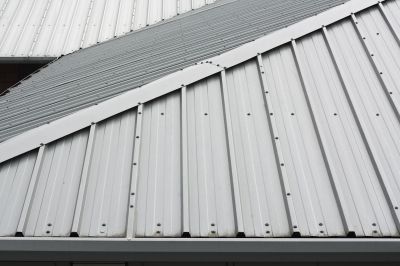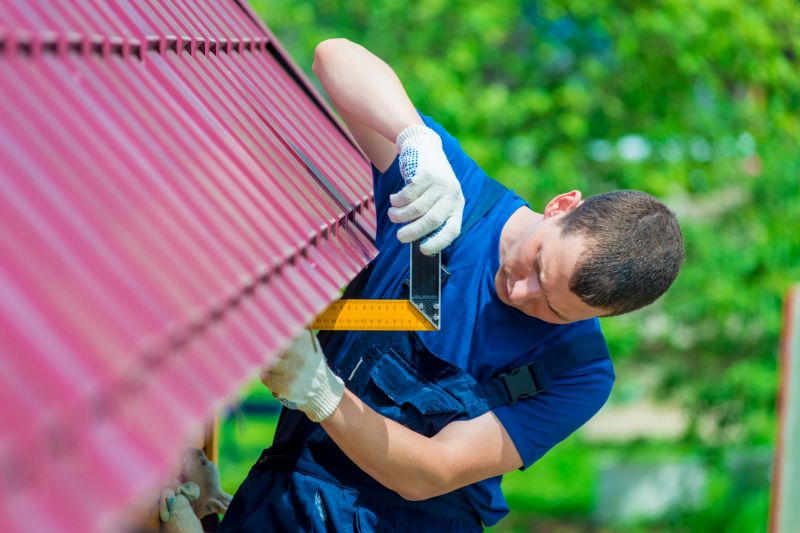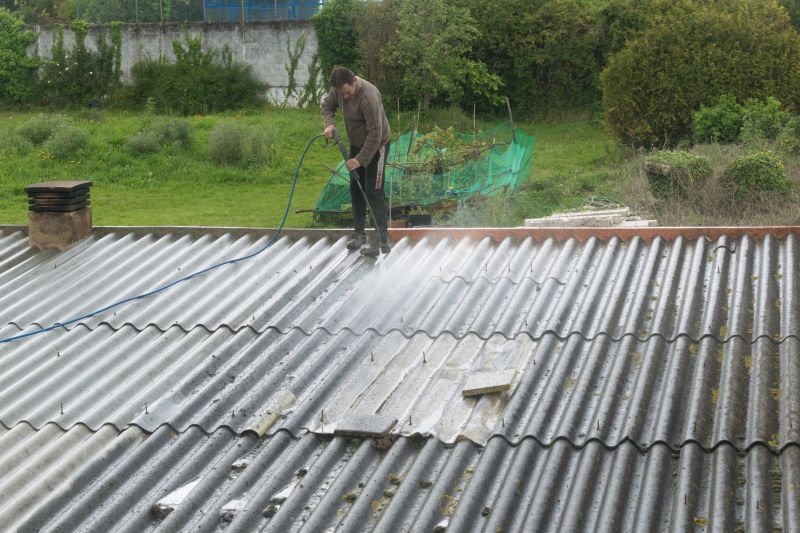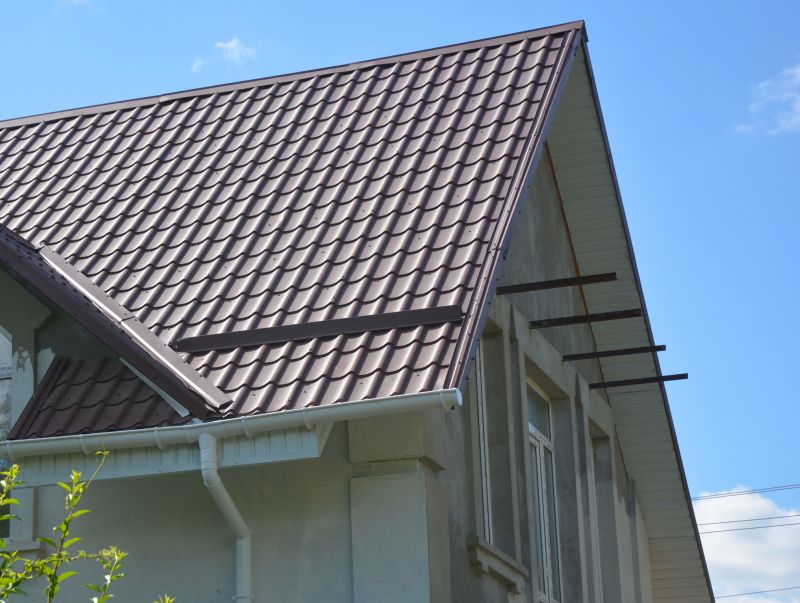Optimal Seasons for Metal Roof Installation
Metal roofing can be installed during various seasons, but optimal timing depends on climate conditions and project specifics. Generally, mild weather with low humidity and stable temperatures provides ideal conditions for installation, ensuring proper adhesion and durability.
Installing metal roofs during favorable weather minimizes the risk of delays caused by rain, snow, or extreme heat. Spring and fall often present moderate temperatures and lower precipitation, making them suitable periods for installation projects.
Spring offers moderate temperatures and longer daylight hours, facilitating efficient installation without the challenges of extreme weather.
Fall provides cooler temperatures and typically less rain, which can help in completing projects before winter.
Extreme heat in summer can cause material expansion, while winter conditions may lead to snow and ice hazards, complicating installation.
Scheduling during shoulder seasons allows for better project planning and reduces the likelihood of weather-related disruptions.

Ways to make Metal Roofings work in tight or awkward layouts.

Popular materials for Metal Roofings and why they hold up over time.

Simple add-ons that improve Metal Roofings without blowing the budget.

High-end options that actually feel worth it for Metal Roofings.

Finishes and colors that play nicely with Metal Roofings.

Little measurements that prevent headaches on Metal Roofings day.
Metal roofing is a durable and long-lasting roofing option suitable for various building types. It offers high resistance to weather elements, fire, and pests, making it a popular choice for residential and commercial properties alike. Metal roofs can last 40 to 70 years with proper maintenance, significantly longer than traditional asphalt shingles.
Statistics indicate that metal roofing can improve energy efficiency by reflecting solar heat, reducing cooling costs. Additionally, metal roofs are recyclable at the end of their lifespan, contributing to waste reduction. The installation process varies based on climate, material type, and project size, but proper timing can enhance performance and longevity.

A 60-second routine that keeps Metal Roofings looking new.

A frequent mistake in Metal Roofings and how to dodge it.

Small tweaks to make Metal Roofings safer and easier to use.

Lower-waste or water-saving choices for Metal Roofings.
Interested in metal roofing options? Contact for more information or to discuss project timing and specifications. Filling out the contact form provides access to detailed guidance tailored to specific needs.
